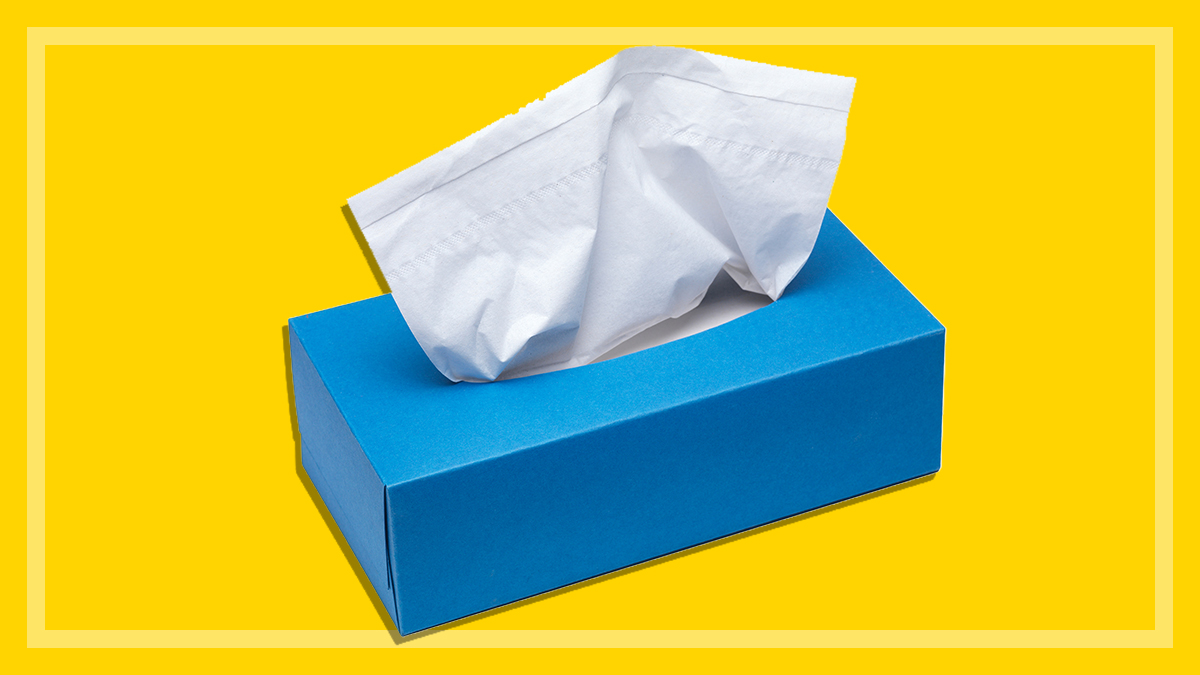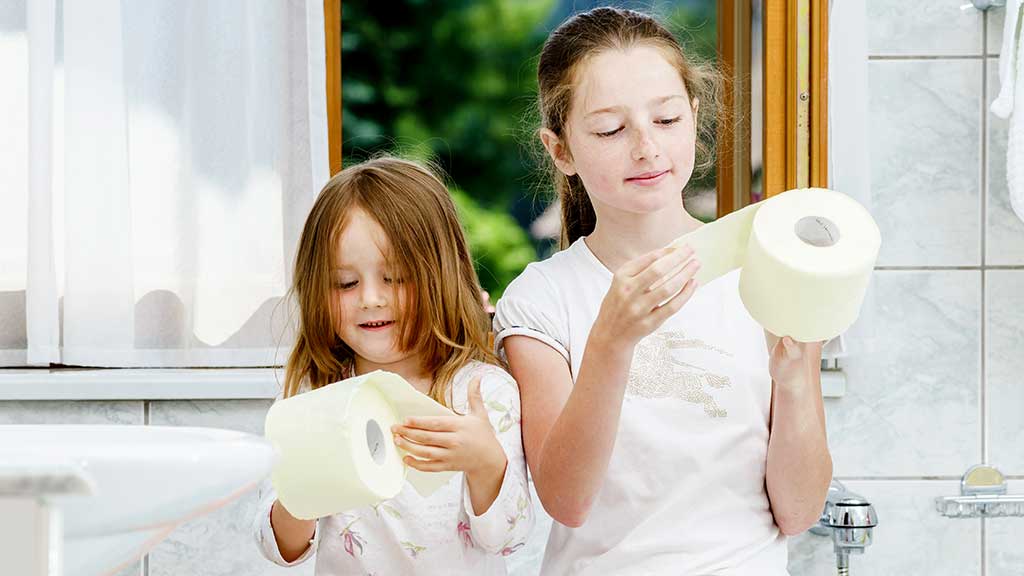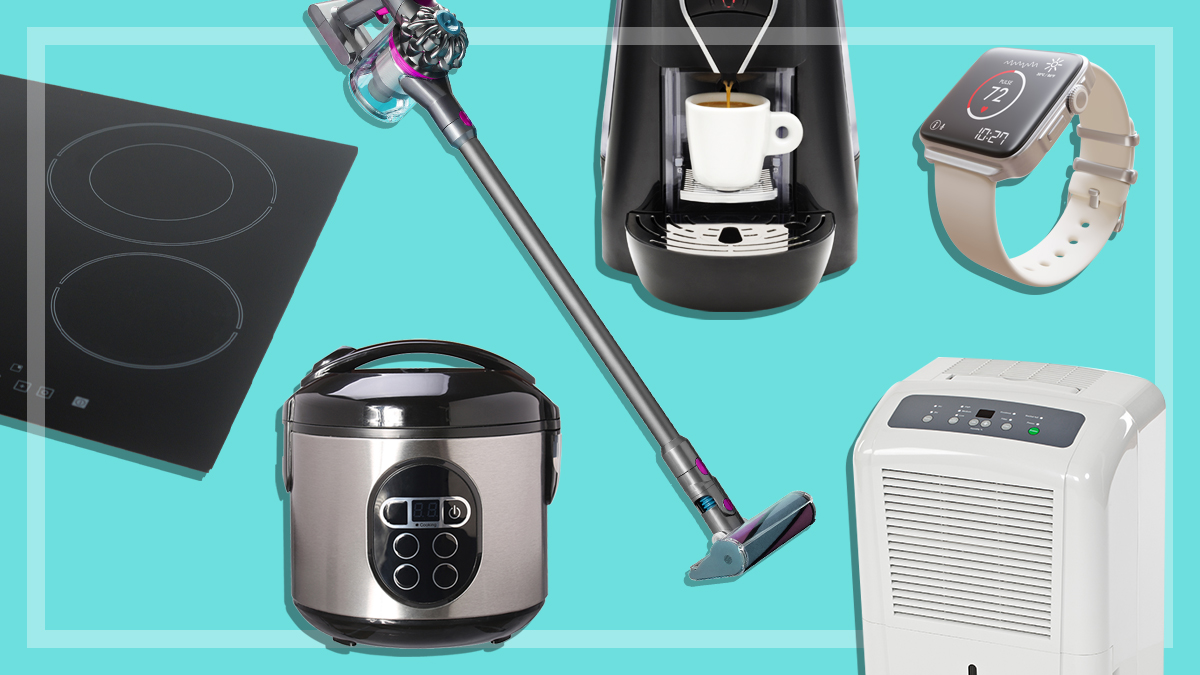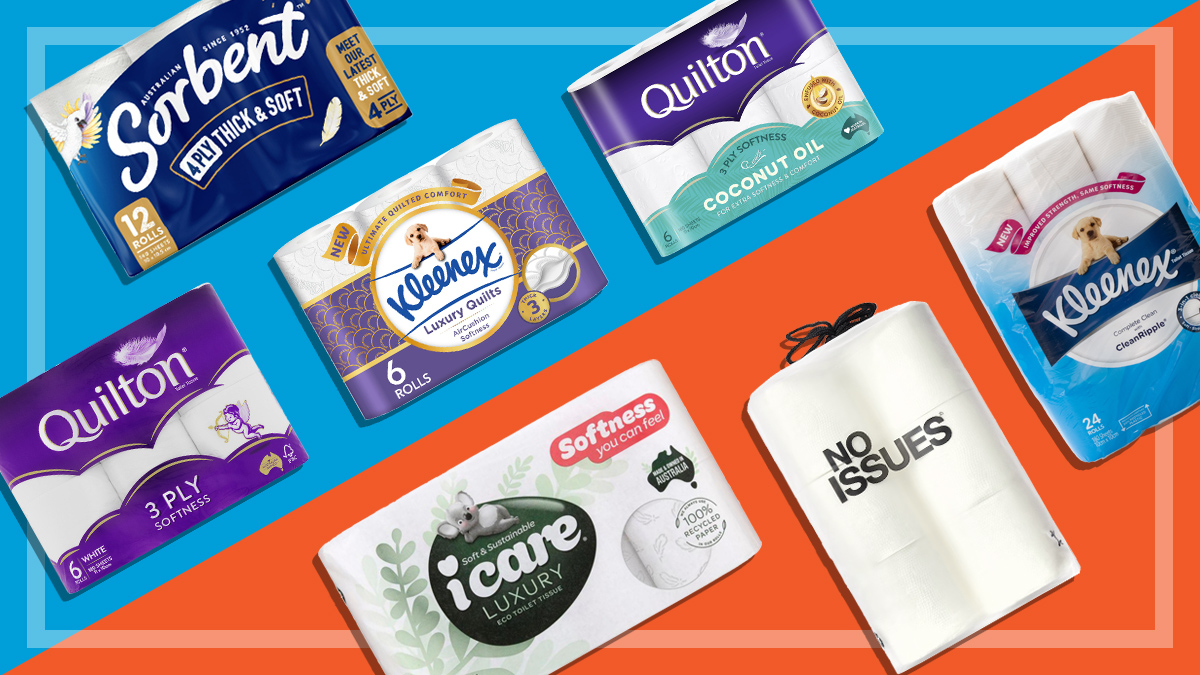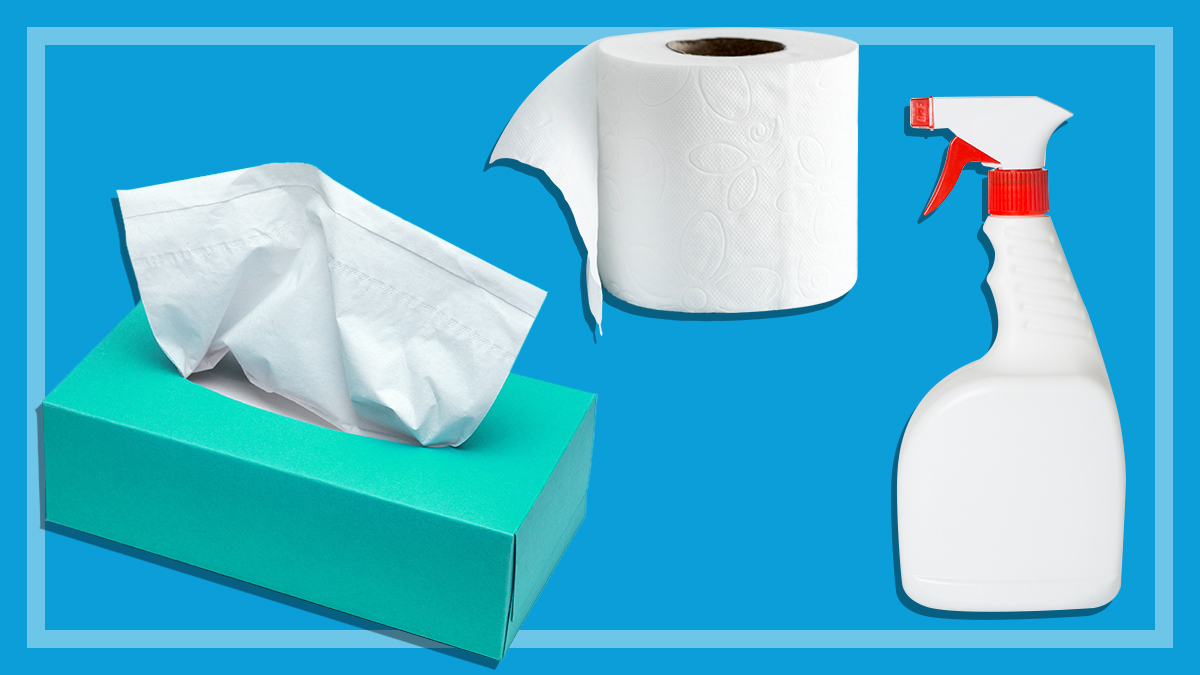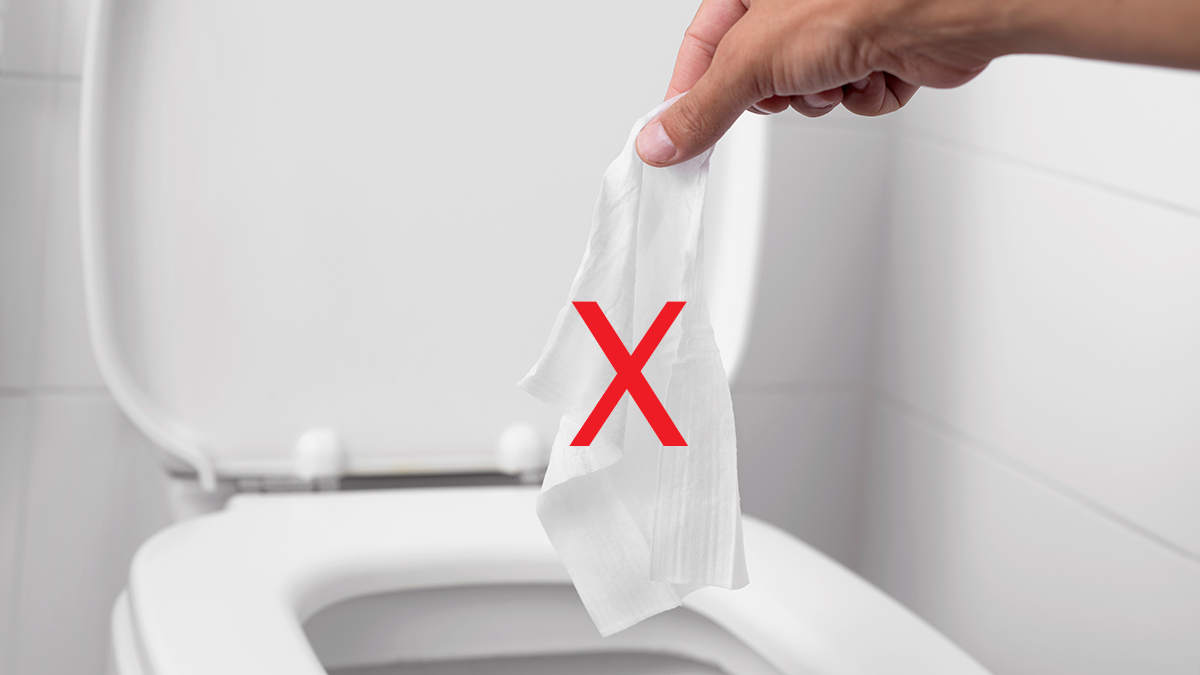Get our independent lab tests, expert reviews and honest advice.
How we test tissues
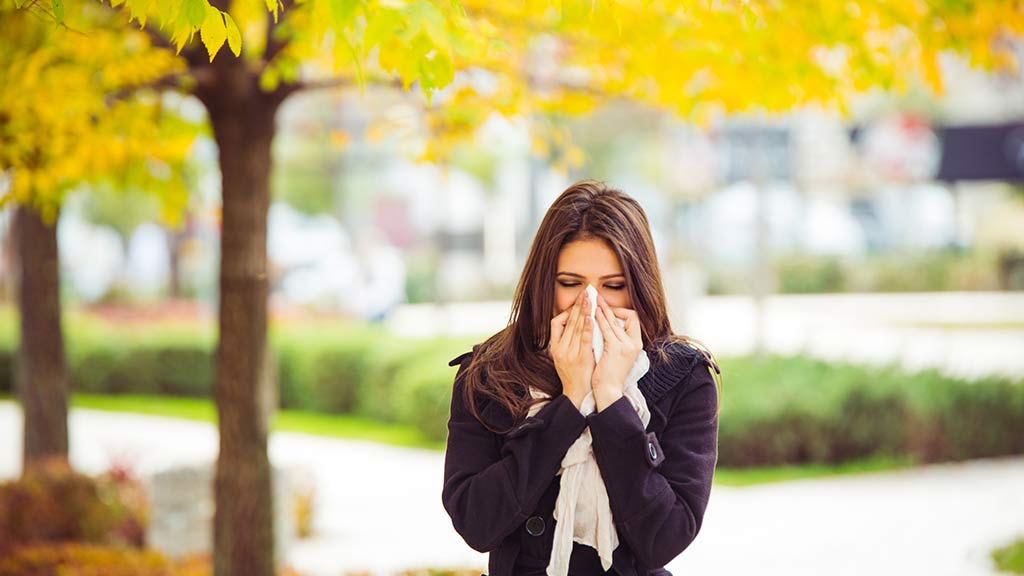
Tissues should be strong, absorbent and not tear easily when you’re using them. But how do you tell your Kleenex from your Quilton? Your Sorbent from your Symphony?
On this page:
- Our expert testers
- How we choose which tissues to test
- How CHOICE tests tissues
- Test criteria explained
Our expert testers
We buy tissues available from major supermarket retailers and send them to a laboratory for testing.
We work out the value of each product by determining how much it costs per 100 tissues. We also take a closer look at the labelling claims, such as recycled and chlorine-free, to find out what they mean.
How we choose which tissues to test
With most of our product testing, we aim to choose the most popular models on the market as well as what you’re most likely to see in retail shops. In the case of tissues, our aim is to cover as much of the market as possible. Our buyers purchase all the tissue products they can find in major supermarkets.
How CHOICE tests tissues
Softness
We measure how soft the tissue is. This is a subjective assessment conducted by a panel of four people.
Puncture force
We measure the strength of the tissue by testing its resistance to puncturing. In this test a higher force is the most desirable result, meaning your finger is less likely to go through the tissue.
Wet tear strength
We test how much force is required to tear the tissue when it’s wet, as it would be after using it to blow your nose multiple times.
Absorption
We measure how much fluid the tissue can absorb.
Test criteria explained
The CHOICE Expert Rating (or overall score) is made up of:
- softness (40%)
- puncture (strength) force (30%)
- absorption (20%)
- wet tear strength (10%).

